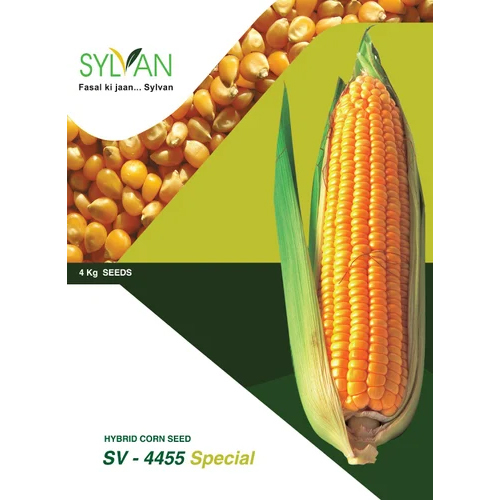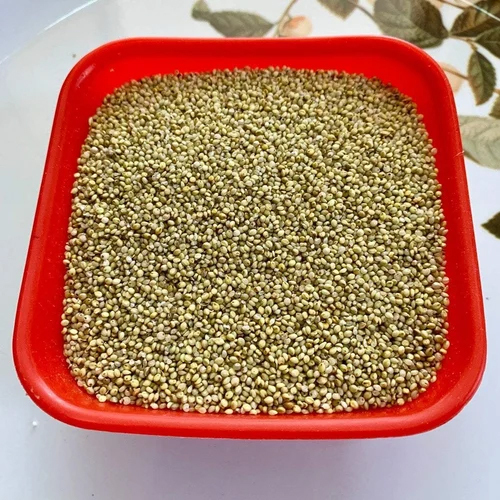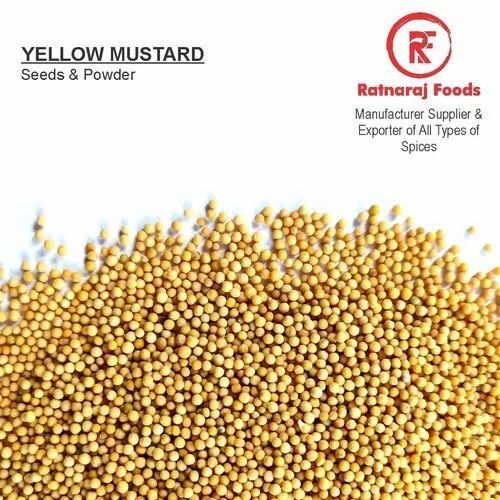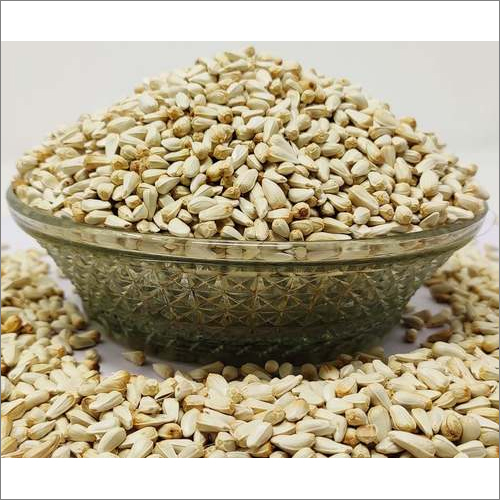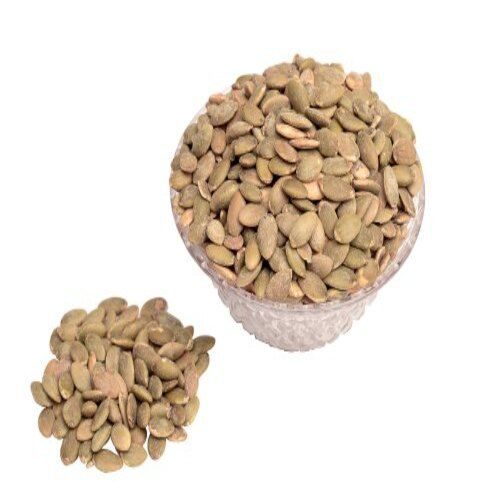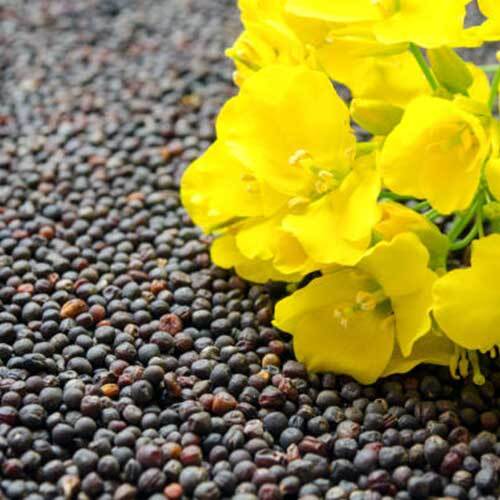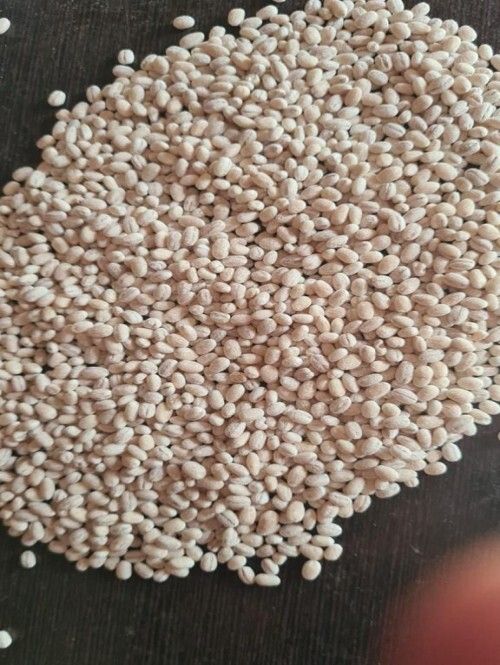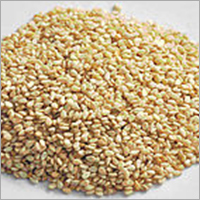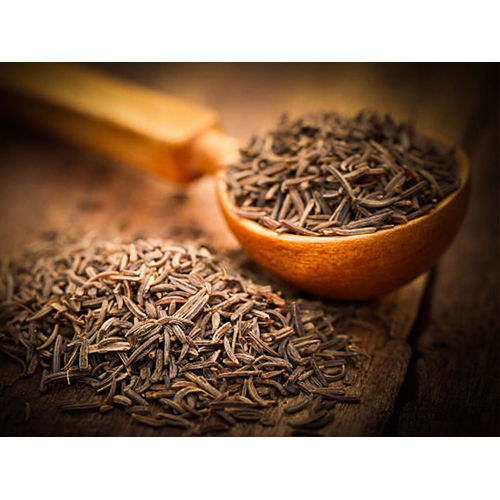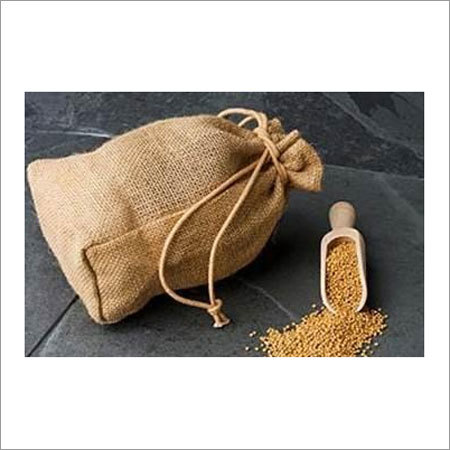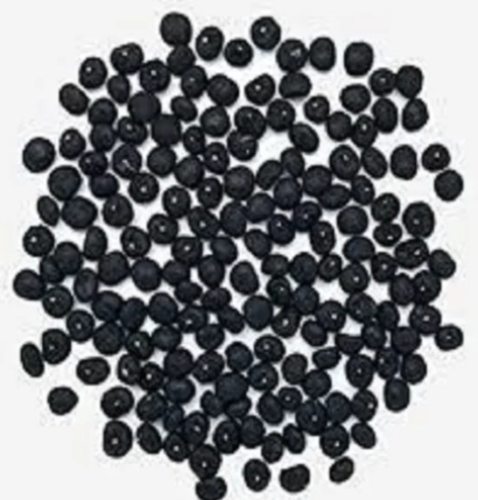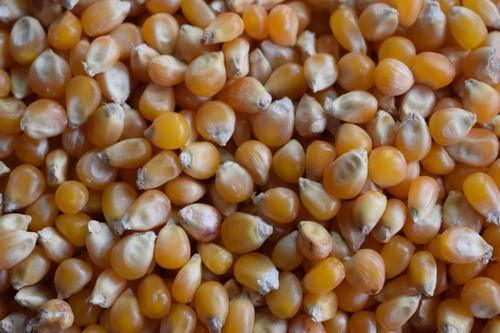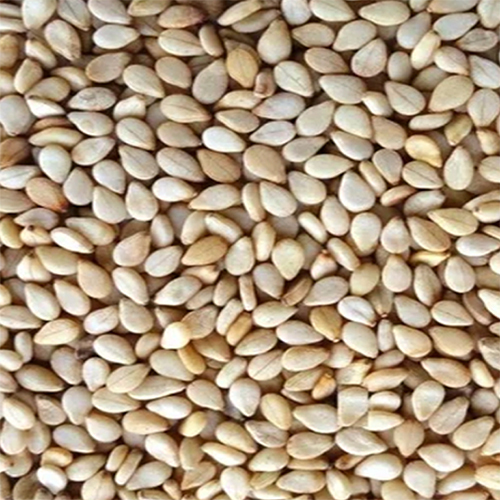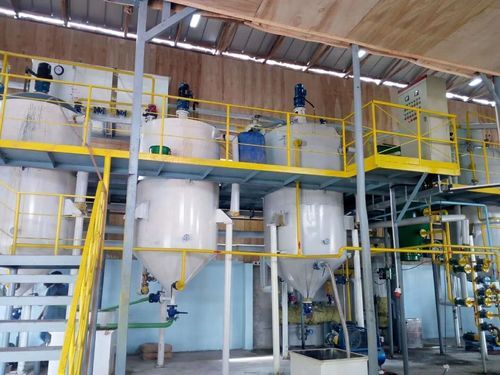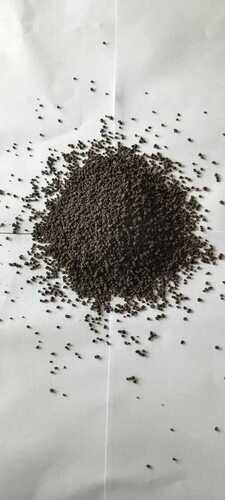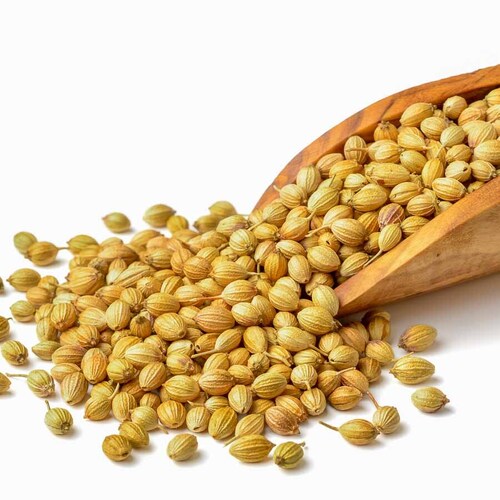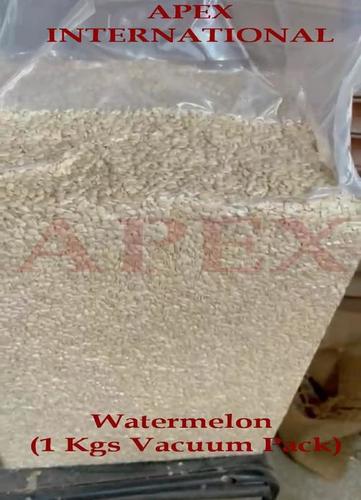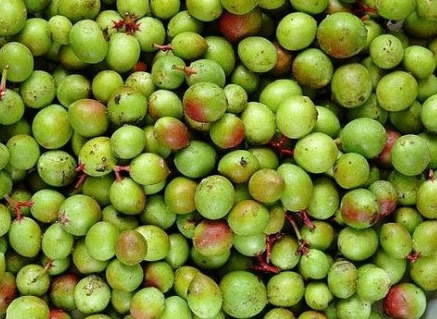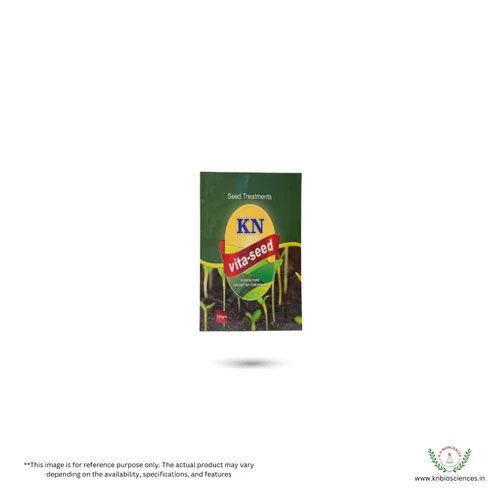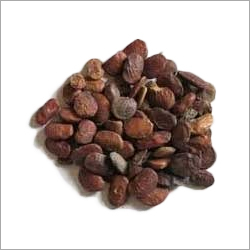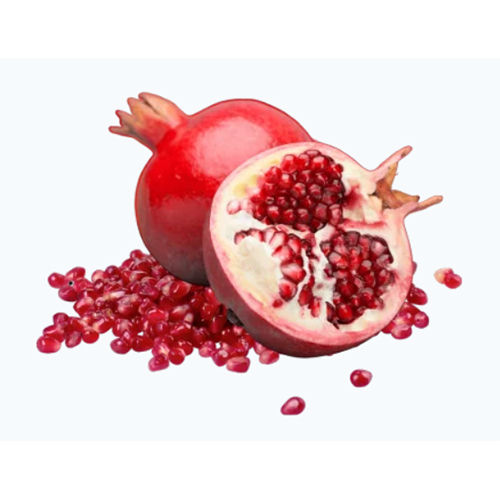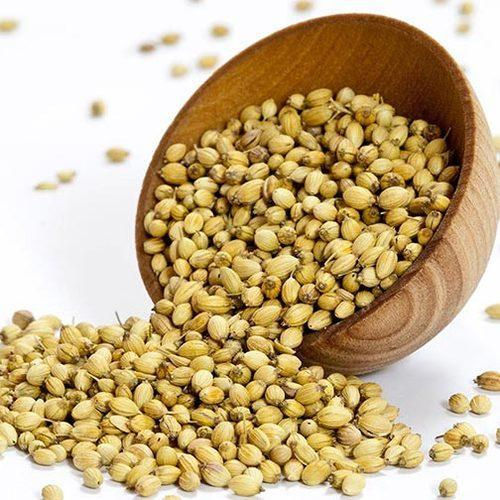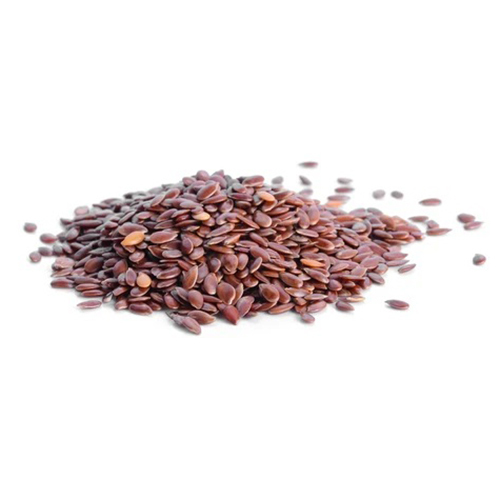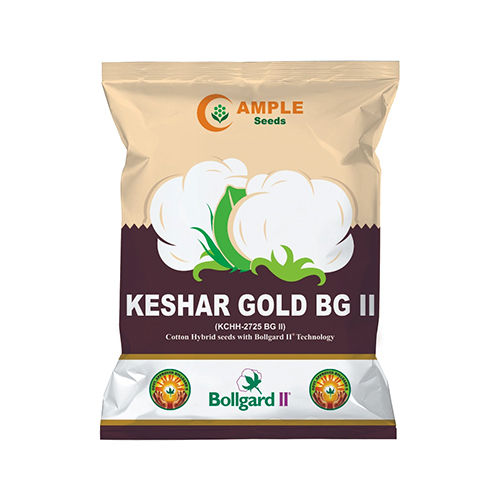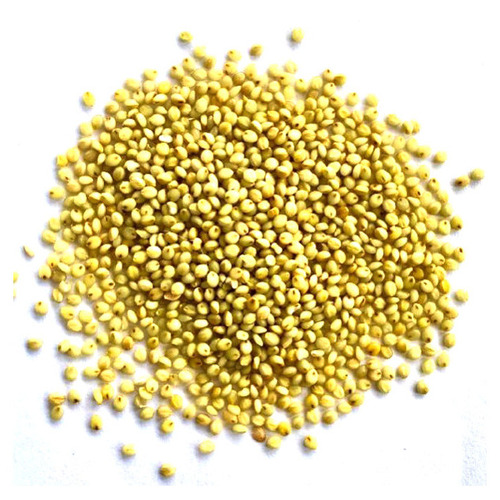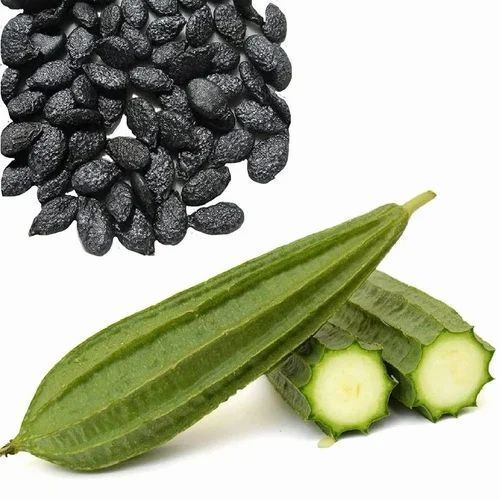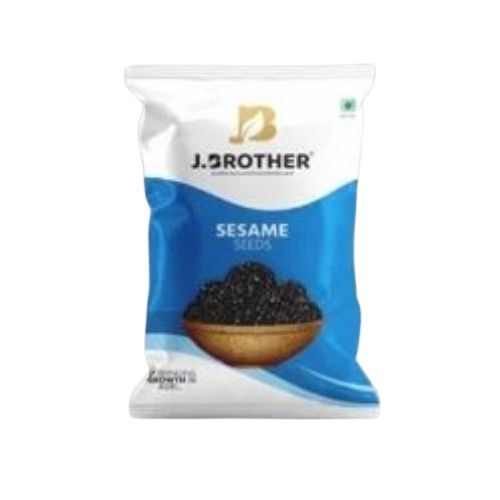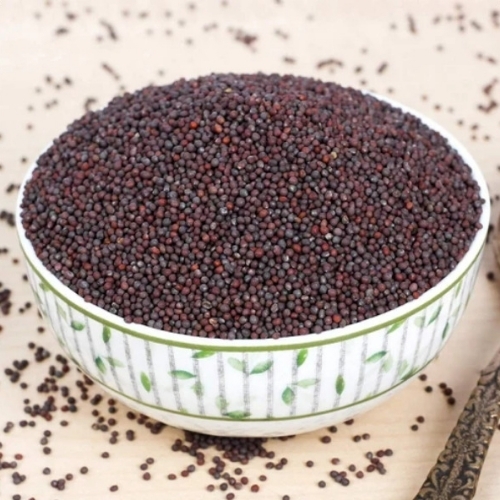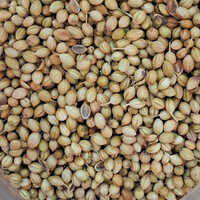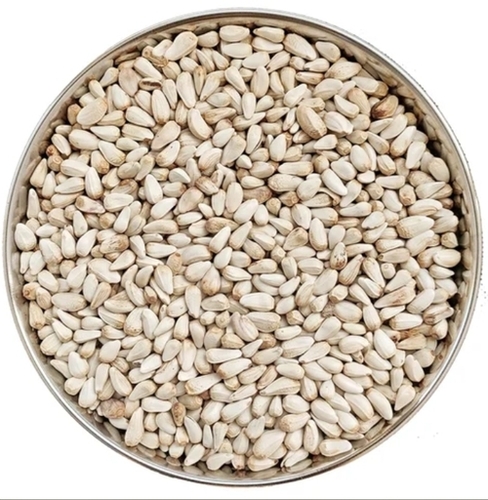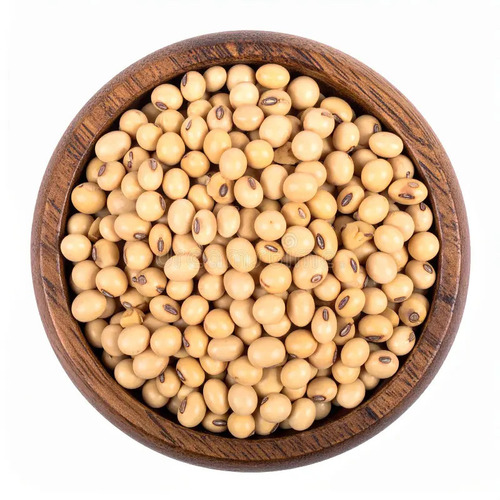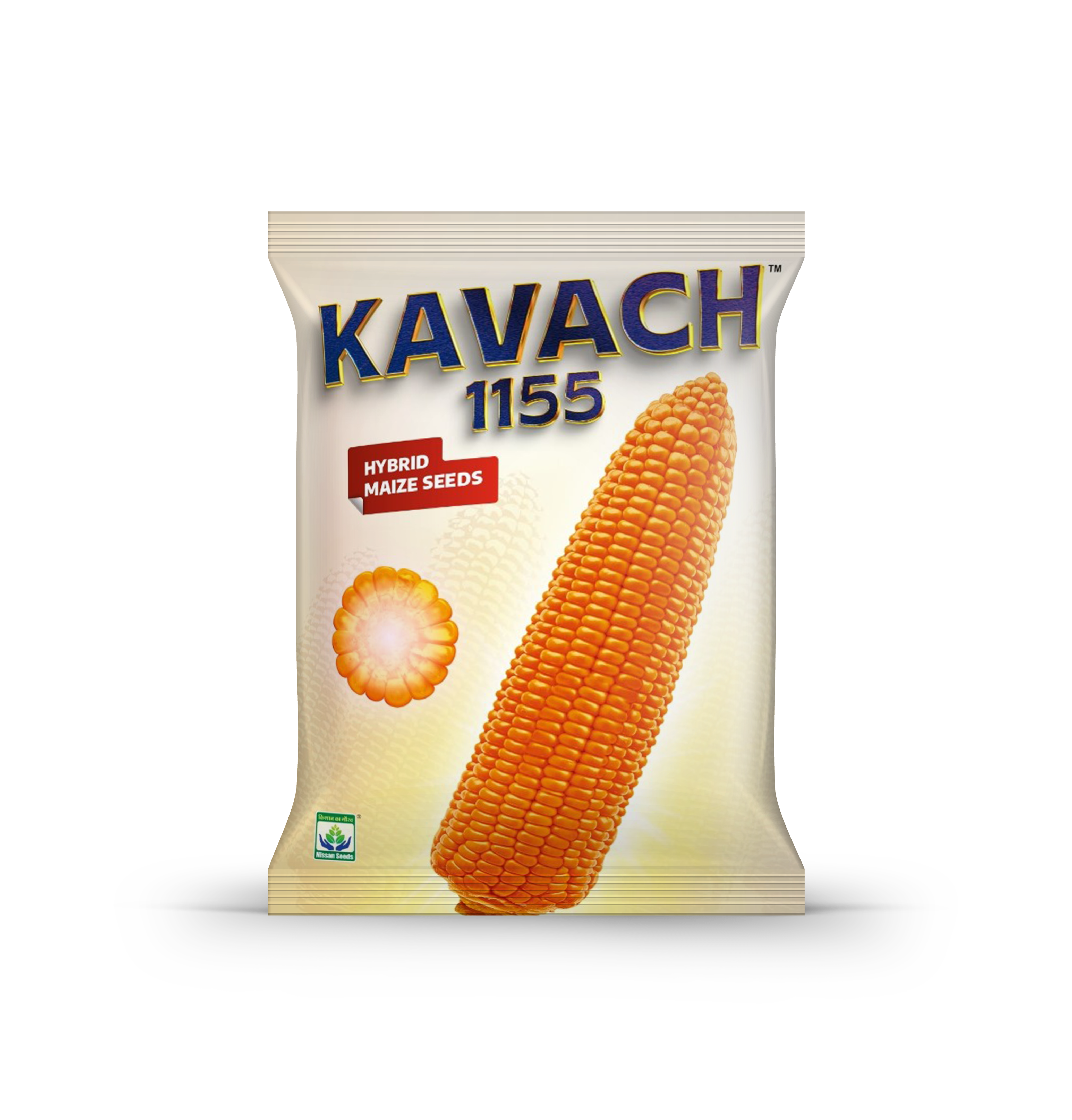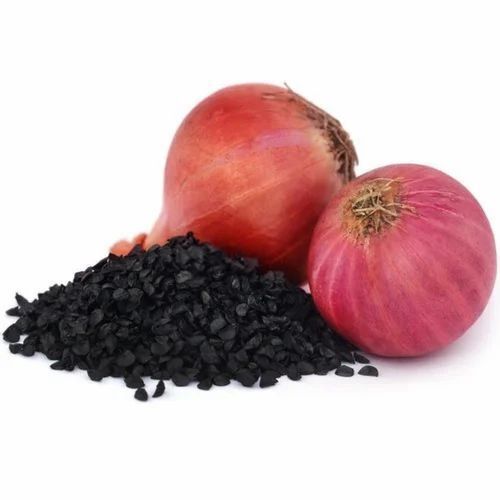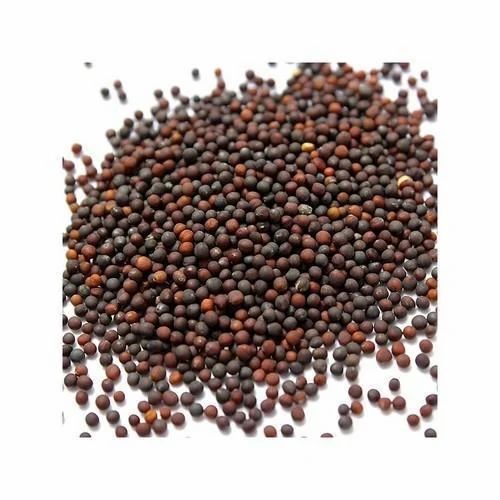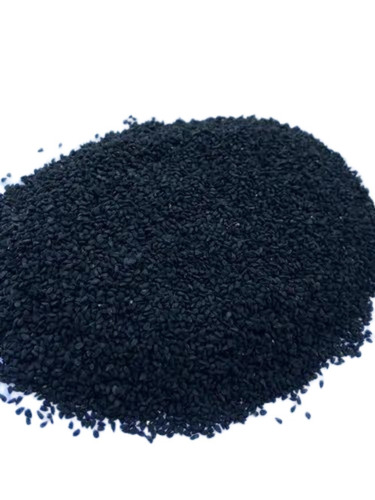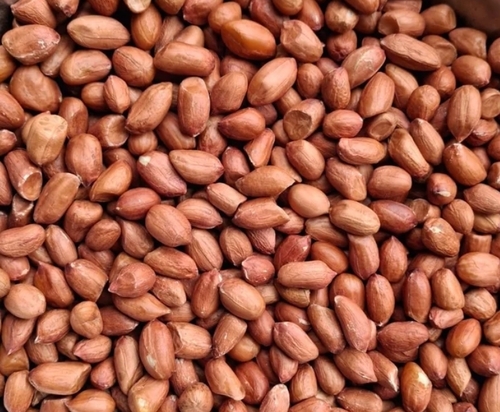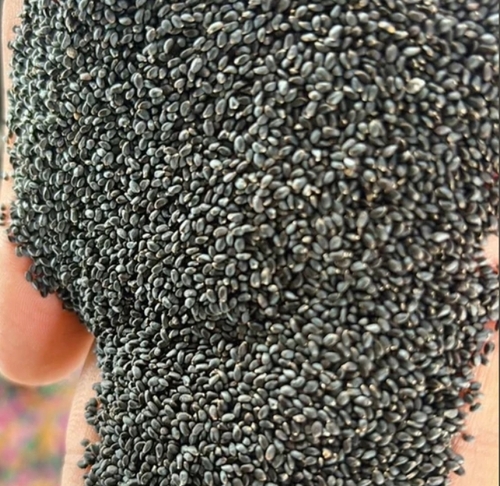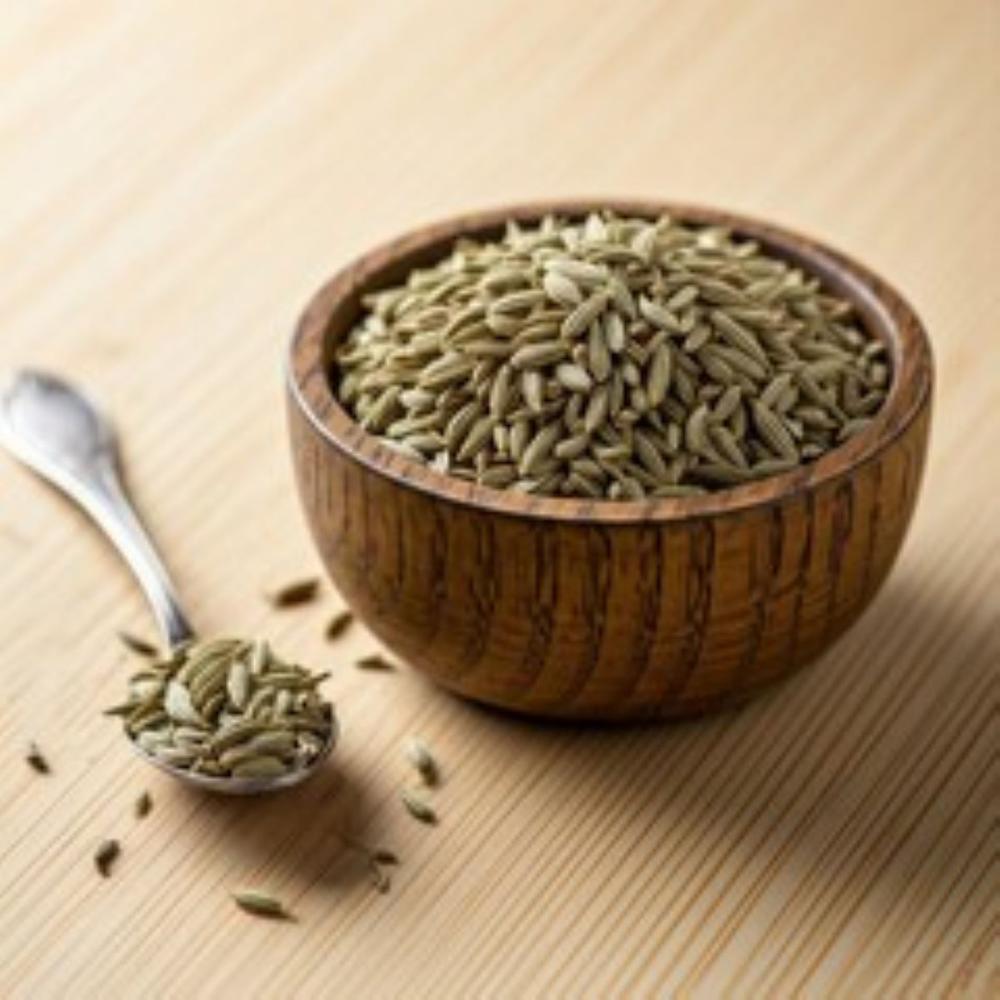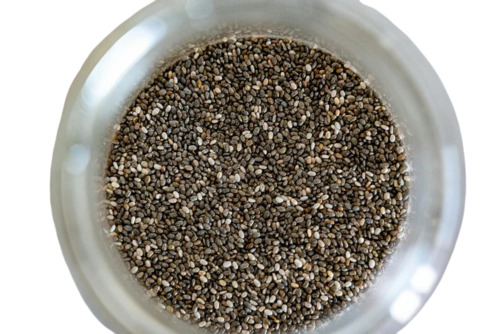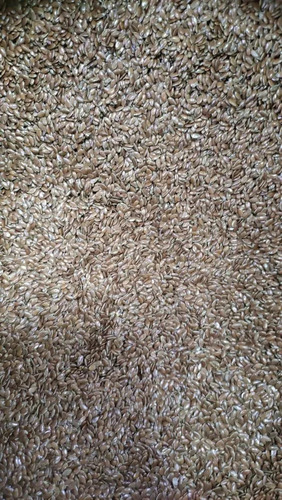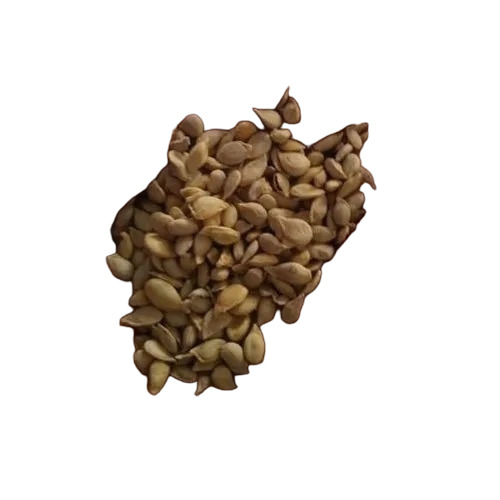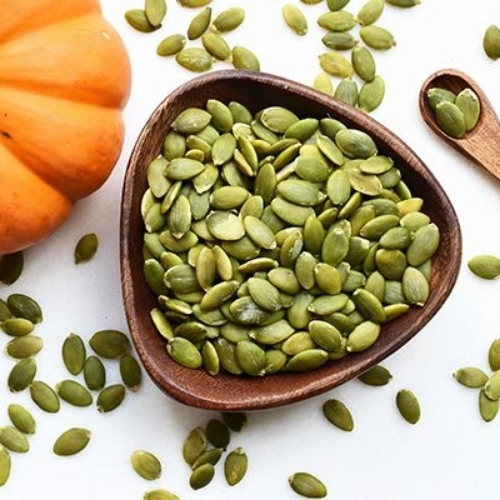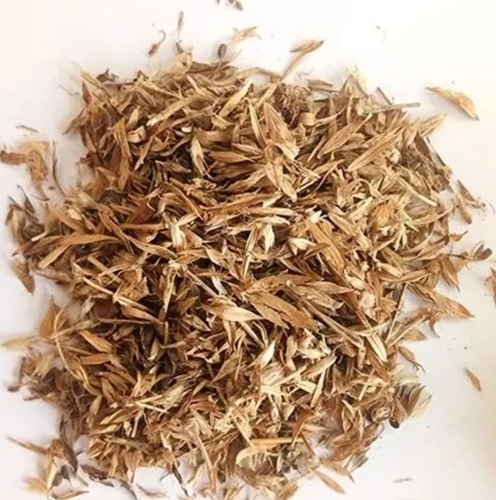Seeds
(27558 products)Hybrid Corn - Sv 4455 Special F1 - Color: Yellow
Price: 737.5 INR/Kilograms
MOQ4 Kilograms/Kilograms
TypeVegetables Seeds
GradeFood Grade
Weight40 Kilograms (kg)
VarietyOther, Corn
ColorYellow
Hybrid1
Brown Top Millet Seeds - Cultivation Type: Organic
Price: 245 INR/Kilograms
MOQ50 Kilograms/Kilograms
ColorBrown
Cultivation TypeOrganic
GradeFood
Moisture (%)Nil
Purity100 %
Common White Polished Sorghum Seeds
Price: 2900 INR/Quintal
MOQ25 Metric Ton
Product TypeSorghum Seeds
Cultivation TypeCommon
GradeAgriculture
Hybrid1
Maruthi Traders & Commission Agents
Eluru
White Safflower Seeds - Cultivation Type: Common
Price Trend: 130.00 - 140.00 INR/Kilograms
MOQ100 Kilograms/Kilograms
Product TypeSafflower Seeds
TypeOil Seeds
Cultivation TypeCommon
ColorWhite
Shelf Life12 Months
Natural A Grade Pumpkin Seed - 30 kg, Total Carbohydrates 2.7 g, Total Fat 47.2 g, Protein 30.3 g | Brown Color, 100% Purity, 12-18 Months Shelf Life
Price: 425 INR/Kilograms
MOQ50 Kilograms/Kilograms
ColorBrown
Product TypeNatural Pumpkin Seed
TypeVegetables Seeds
GradeA Grade
Edible1
Shelf Life12 To 18 Months
Rapeseed Seed - Food Grade, High Purity | Edible Oil Seeds for Culinary Uses
Price: 300 INR/Kilograms
MOQ1 Metric Ton
Product TypeRapeseed Seed
TypeOil Seeds
GradeFood Grade
Edible1
PurityHigh
Chia seed
Price: 4000 INR/Kilograms
MOQ500 Kilograms/Kilograms
Supply Ability500 Per Day
Delivery Time1 Week
Sesame Seed - Admixture (%): 0.1%
Price: 1200 USD ($)/Kilograms
MOQ40 Foot/Feet,
TypeOil Seeds
ColorBrown
Moisture (%)8%
Admixture (%)0.1%
Purity99%
Shelf Life12 Months
Natural Cumin Seeds - High Purity, First Class Grade | Aromatic Flavor, Digestive Benefits, Ideal for Global Cuisines
Price: 75 INR/Kilograms
MOQ100 Kilograms/Kilograms
Cultivation TypeCommon
GradeFirst Class
Edible1
Hybrid1
Moisture (%)Nil
PurityHigh
Yellow Mustard Seeds Purity: 99%
Price: 65000 INR/Bag
MOQ500 Metric Ton/Metric Tons
ColorYellow
TypeOil Seeds
Weight5.27 Grams (g)
VarietyMustard
Purity99%
Shelf Life1-2 Years
Shatavari Seeds - Cultivation Type: Common
Price: 250 INR/Ton
MOQ50 Metric Ton
Product TypeShatavari Seeds
TypeHerbs Seeds
Cultivation TypeCommon
GradeA Grade
Purity99.9%
Shelf Life12 Months
Popcorn Seeds - Color: Yellow
Price: 78 INR/Kilograms
MOQ100 Kilograms/Kilograms
Pulse StyleDried
Cultivation TypeOrganic
ColorYellow
ShapeOval
Purity100%
Seasame Seeds - Color: White
MOQ100 Kilograms/Kilograms
Cultivation TypeOrganic
GradeFood
ColorWhite
Moisture (%)Nil
PurityHigh
Groundnut Oil Refinery Machine
Product DescriptionVegetable and Animal Oils and Fats have impurities such as Moisture, Solids (Insolubles), Gums (Lecithins), Free-Fatty Acids (FFA), Waxes, and Compounds of Sodium, Potassium, Magnesium, Calcium, and other metals.\015\012These impurities must be removed to improve the functionality of the oils. Other
Henan Huatai Cereals And Oils Machinery Co.,ltd.
Zhengzhou
Khas Khas Poppy Seeds - Color: White
Price: 1200 INR/Kilograms
MOQ100 Kilograms/Kilograms
Cultivation TypeOrganic
GradeA+
ColorWhite
Moisture (%)11%
Purity99%
Shelf Life6 Months
Organic Tea Ctc Black - Cultivation Type: Common
Price: 510 INR/Kilograms
MOQ25 Kilograms/Kilograms
ColorBlack
Product TypeOrganic Tea CTC Black
TypeOther, Tea
Cultivation TypeCommon
GradeFood
Purity98 %
Gavyadhar Organic Private Limited
Ahmedabad
Coriander Seeds - Organic Brown Spice Seeds | Premium Quality, Nutrient-Enriched, Preservative-Free, Pesticide-Free, 100% Purity
Price: 110 INR/Kilograms
MOQ650 Kilograms/Kilograms
Product TypeCoriander Seeds
TypeSpices Seeds
Cultivation TypeOrganic
GradeA
ColorBrown
Edible1
Watermelon Seed - High Quality, Organic Non-GMO | Nutrient-Rich for Planting and Culinary Use
Price Trend: 190.00 - 195.00 INR/Kilograms
MOQ500 Kilograms/Kilograms
FOB PortJaipur
Payment TermsLetter of Credit (L/C), Paypal, Western Union, Letter of Credit at Sight (Sight L/C), Cash Advance (CA), Telegraphic Transfer (T/T), Cash in Advance (CID), Cheque
Supply Ability10000 Per Day
Carissa carandas - Fruit Seeds, Dark Green Color, 10-15ft Height, 98% Purity, Small Ellipsoid Fruit Changing from Green to Red to Black
Price: 55 INR/Kilograms
MOQ1 Kilograms/Kilograms
Product TypeCarissa carandas
TypeFruit Seeds
GradeFood
VarietyCarissa , Other
ColorGreen
Edible1
VITA SEED - High Purity, 1 Year Shelf Life | Premium Quality Seed Selection
Price: 159 INR/Gram
MOQ10 Gram/Grams
Product TypeVITA SEED
PurityHigh
Shelf Life1 Years
K. N. Bio Sciences (india) Pvt. Ltd.
Hyderabad
Karanja Seed - Color: Brown
MOQ200 Kilograms/Kilograms
Product TypeAyurvedic Product
TypeOil Seeds
UsageUsed for making medicine
ColorBrown
Edible1
FormSolid
Pomegranate Powder - Admixture (%): 0.25%
Price: 1200 INR/Kilograms
MOQ100 Kilograms/Kilograms
Colornatural
Product TypeSeeds
TypeFruit Seeds
Cultivation TypeConvational
GradeA
VarietyOther
Natural Coriander Seeds - First Class Quality, High Purity, Common Cultivation | Fresh, Edible, Rich Citrus Flavor with Health Benefits
Price: 120 INR/Kilograms
MOQ100 Kilograms/Kilograms
Cultivation TypeCommon
GradeFirst Class
Edible1
Hybrid1
PurityHigh
Flex Seeds - Cultivation Type: Common
MOQ100 Kilograms/Kilograms
Cultivation TypeCommon
GradeFood Grade
Edible1
Purity95%-99%
Shelf Life12-15 Months
Gunabai Agro Products Trading
Navi Mumbai
 Trusted Seller
Trusted Seller1 Years
Ample Seeds Keshar Gold BG II Cotton Seed - Cotton Seed, Hybrid 1 | First Class Grade, High Purity, Common Cultivation, Moisture Nil
Price: 158 INR/Kilograms
MOQ500 Pack/Packs
Cultivation TypeCommon
GradeFirst Class
Hybrid1
Moisture (%)Nil
PurityHigh
Sesame Seeds - Sun Dried, Sortex Clean White Oil Seeds | Normal Cultivation, 1 Year Shelf Life, High Purity Grade
Price: 205 INR/Kilograms
MOQ500 Kilograms/Kilograms
Product TypeSesame Seeds
TypeOil Seeds
Cultivation TypeNormal
GradeFood
VarietySesame
ColorWhite
Latest From Seeds
Ready To Ship Seeds
What is a Seed?
- Radicle,
- Embryonal axis
- One cotyledon, in the case of wheat, maize, or Two cotyledons in the case of gram and pea.
Types of Seeds
- Monocotyledonous Seed
- Dicotyledonous Seed
- Seed Coat: This type of seed is mainly present in cereals such as maize and wheat. The seed consists of a seed coat that is membranous. This membranous seed coat is fused with the wall of the fruit and is known as the Hull.
- Endosperm: Another part is the endosperm which is somewhat huge, and this is where it stores food. These seeds are mainly endospermic however there are some that are non-endospermic e.g., orchids.
- Aleurone layer: The endosperm has an outer covering that separates the seeda s embryo. This is a proteinous layer which is known to be the aleurone layer.
- Embryo: Embryo is a part of the seed located at one end of the endosperm and is kept in a groove and is small in nature.
- Scutellum: This is a cotyledon that is large and shield-shaped.
- Embryonal axis: Radicle and plumule are two ends of a seed.
- Coleoptile and coleorhiza: They are plumule and radicle (coleoptile and coleorhiza) enclosed in sheaths
- Seed coat: The outermost covering is called the seed coat of a seed. It generally consists of two layers,
- Testa (outer) and
- the tegmen (inner).
- Embryo: This part has two cotyledons and the embryonal axis.
- Hilum: This is said to be a scar present on the seed coat. It is via this, that the seed is attached to the fruit.
- Micropyle: This is situated above the hilum.
- Cotyledons: The cotyledons are the fleshy part and are reserved with stored food materials.
- Radicle and plumule: Just like in the Monocotyledonous Seed, the Radicle and plumule are seen to be there at the two ends of the embryonal axis.
- Endosperm: the endosperm in the case of castor seed is formed due to double fertilization and it also stores food. Hence, it is a food storing tissue. However, in other plants like gram, bean, and pea, the endosperm is absent in the well-matured seed. These types of seeds are non-endospermic.
Seed Structure and Development
Export and Import of Seeds in India
FAQs: Seeds
Manufacturers & Suppliers of Seeds
Company Name | Member Since |
|---|---|
Yesraj Enterprises Pune, India | 13 Years |
Shree Raghvendra Agro Processors Dahod, India | 12 Years |
R. K. Oil Products Indore, India | 11 Years |
Ritesh Mohanlal & Co. Unjha, India | 11 Years |
Apex International Jaipur, India | 10 Years |
Bnjy Enterprise Kuching, Malaysia | 9 Years |
M S Global Foods Ahmedabad, India | 9 Years |
Manishankar Oils Pvt Ltd Jaipur, India | 8 Years |
Ratnaraj Foods Ahmedabad, India | 7 Years |
Arizone International Llp Daman, India | 7 Years |
Popular Products

